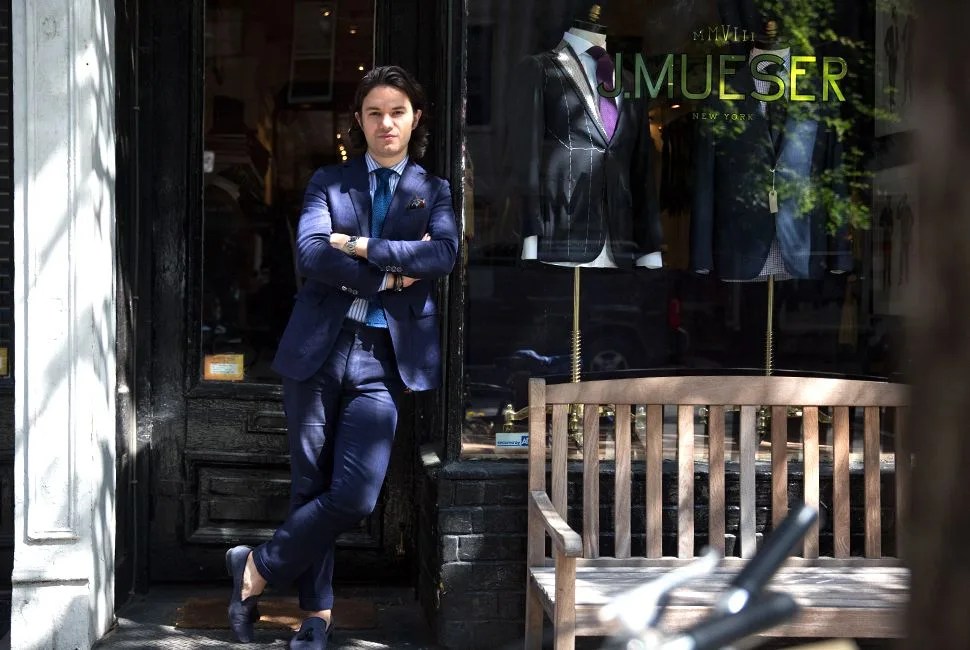“You can use beautiful fabric and make a terrible suit, and you can use cheap fabrics and make an incredible suit,” said Jake Mueser, owner of J.Mueser Bespoke in New York’s historic Greenwich Village. Mueser presides over the realm of bespoke and made-to-measure suiting and shirts, but he also understands that the need for well-tailored suiting reaches far beyond his client list. For most men, that means altering a new ready-to-wear suit. But Meuser counters that the best value comes from altering older suits from Brioni or Anderson and Sheppard, for example. “I think you can take a suit that wasn’t made directly for you, might even be vintage, and create a suit that looks and feels like it was custom made,” he said. Here’s how.
Before You Start
Be Informed
Find a suit you like. Before you even begin your search for a tailor, Mueser recommends looking at suits featured magazines and finding silhouettes and fits you like that you can bring in for reference. “Tailoring is very visual, and bringing in examples like that helps give them a sense of what you’re looking for,” he said.
Know what’s possible. “There are things that are impossible,” Mueser said. “If something is too small for you, there are limitations in terms of fabric.” If you find yourself asking whether or not it can fit your body, “the answer might be no,” he added. On the other hand, there are almost no limitations with a suit that’s too big. “A really good tailor, on the absolute farthest spectrum of this, could take your suit apart, recut it, and reassemble it, which would be even more work than making a suit from scratch,” Mueser said. “This would be very expensive. But, they could do incredible things with the fit and rework it.”


